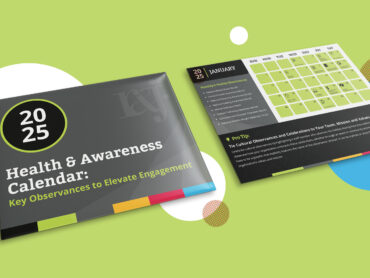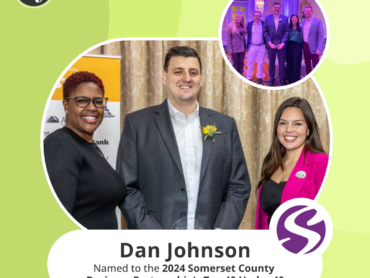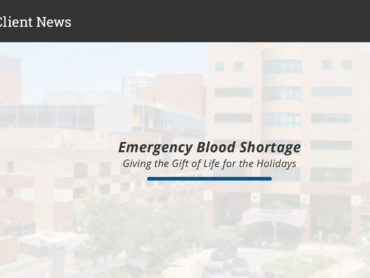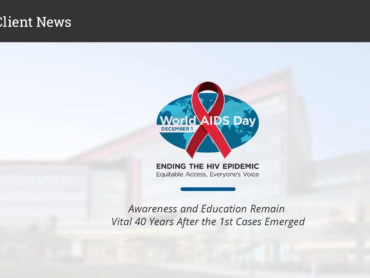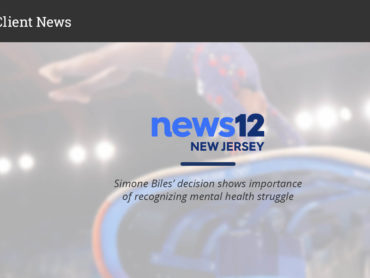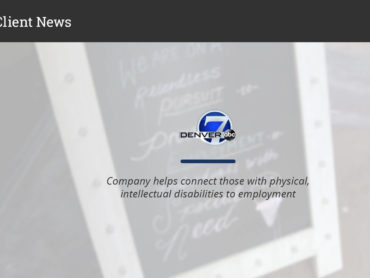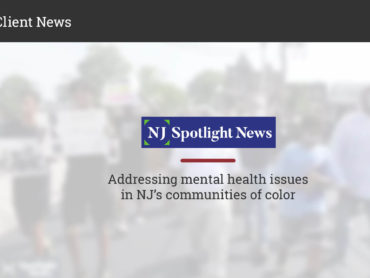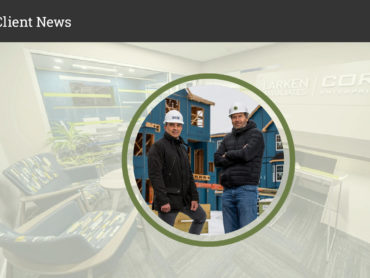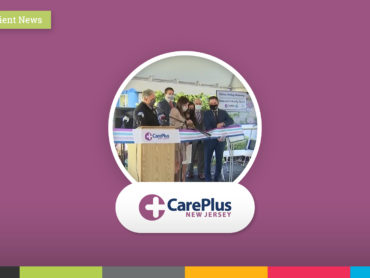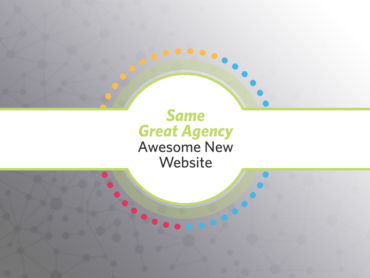Best Practices for Advocacy in Today’s Media World
Once upon a time, securing an op-ed in a prominent newspaper or major media outlet was considered the “holy grail” of advocacy. Such pieces had the power to shape public discourse and reach thousands – sometimes millions — with a single placement.
Today, however, the consolidation of traditional media and the digital transformation have shifted the dynamics of media influence. It’s no longer enough to place a single op-ed in a newspaper that fewer and fewer people will see. Smart marketers are employing a strategic multi-channel approach to more effectively broaden their advocacy strategy and deliver higher-level results.
1. The Power of Owned Media

It’s no secret that today’s media landscape is markedly different. The rise of digital media, social networks, and the consolidation of legacy media outlets into a few large corporations have transformed how information is disseminated and consumed. With the decline of many traditional newspapers and the massive proliferation of online platforms and social media, the authority and reach of a single op-ed piece have diminished. Consequently, organizations must branch out and evolve their advocacy efforts, going beyond just “one-off” placements to adopt a more targeted, expanded and integrated approach to advocacy.
Given these shifts, savvy communicators must look more closely at leveraging their owned media — blog posts, email newsletters, video and social media content — as a central component of their advocacy strategy. Unlike op-eds in traditional media – and ideally used in conjunction with traditional media – these platforms offer several advantages:
- Direct Control and Flexibility: Organizations can publish content on their own timelines, without needing to conform to the editorial policies or constraints of external media outlets. This flexibility allows for a more tailored and timely approach to advocacy.
- Cost-Effectiveness: Creating and maintaining a blog or an email newsletter is generally more affordable than pursuing placements in high-profile publications. This makes it easier for organizations to produce regular, high-quality content and to more regularly and consistently engage their audience.
- Audience Engagement: Owned media channels increase an organization’s digital footprint providing direct access to an organization’s audience. This means that blog posts can be designed to encourage interaction, solicit feedback, and build a community around key issues. Through comments, social sharing, and targeted email, organizations can foster deeper engagement and create an enhanced dialogue to build their community of supporters.
- SEO and Discoverability: Well-crafted blog posts can improve an organization’s search engine optimization (SEO), making their advocacy messages more discoverable to people searching for related topics. This can increase the potential reach and impact of your content beyond your immediate follower base.
2. It Starts with Compelling Content

To effectively use owned content for advocacy, organizations should first have a plan and strategy in place that ensures that your content is well-researched, informative, and relevant to current issues.
A broader and ultimately effective advocacy strategy starts with compelling original content – often your written or video blog post. Use storytelling to make complex issues more relatable and compelling. Personal anecdotes, case studies, real-world examples and testimonials can help to humanize your advocacy messages and resonate more deeply with readers.
To publish content, consider LinkedIn. According to Axios, LinkedIn has seen a 23% increase in posts from chief executives in the past year, leading to a 39% increase in followers for CEOs. On average, posts from CEOs receive eight times more impressions and four times more engagements than other posts.
3. Leverage Content for Maximum Exposure

From there, leverage your content to gain maximum reach and traction. Here are some ways to get greater reach and to increase sharing and “dwell time.”
- Post content on various social media channels to increase reach and engagement – especially among your most important stakeholders
- LinkedIn articles and newsletters can help enhance visibility and build market authority
- Share your content in your organization’s newsletter (or other regular communication)
- Consider using your content as the basis of a strategic email marketing campaign
- Video commentary can help to broaden your reach, enhance peer-to-peer sharing and drive home your intended point.
- And don’t forget to ask your allied partners to share your content through their channels.
4. A Call to Action

Most importantly, and often forgotten, your advocacy content should include a clear call to action, whether it’s to sign a petition, participate in an event, contact influencers or officials, or merely to share the post to broaden audience reach. This encourages readers to take concrete steps in support of your cause.
For many organizations, securing an op-ed in a major newspaper continues to be a great way to gain widespread visibility and to add credibility to your message. Nonetheless, today’s organizations should look beyond traditional media placements to adopt a comprehensive strategy that adapts to today’s more fragmented media and digital environment. By carefully constructing and publishing your advocacy message, and then executing a plan to leverage your owned media, organizations can maintain greater control over their advocacy messaging, engage more directly with their audience, and effectively amplify their impact.
Feel free to reach out to talk about how you can make the most of your advocacy efforts, and how we might be able to help you make a difference!




